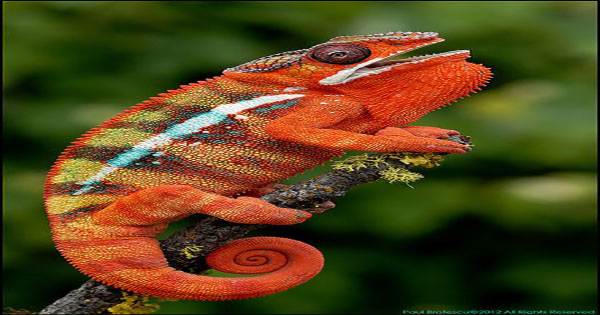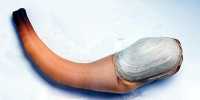At first, another way was shown where the laying platypus was different from other mammals, now it seems that shining under a blacklight is actually something that platypus is common among Australians. As it turns out, lots of marsupials do the same thing. Earlier this month the world learned that the platypus, perhaps the most unusual mammal, glows green-blue under UV light.
After reading the paper about the unexpected nightingale of Platypus in the case of Dr. Kenny Travouillon of the Western Australian Museum, he decided to shed light on some more specimens of UV light. As a mammalian curator, he cared for many dead mammals and, with the help of equipment for animal studies, already turned short-wave radiation into something that humans could see.
Features are not universal for Australian citizens. None of the Travouillon -tested kangaroo family showed any color response to UV light, and various other animals were similarly dark.
The tweets led researchers at Curtin University to contact Travouillon about teaming up for a more systematic study. Hopefully, this will provide an answer as to why some successors have this strange trait and others don’t.
“Kangaroos don’t need color to see each other because they need to be able to recognize each other during the mating season of herds of solitary animals,” said Travouillon. A more detailed examination will be required before the explanation becomes more than.
Travouillon further suspects that platypuses currently use their aura as a sign of flare-ups, noting that they close their eyes underwater. Instead, he told IFLScience, it’s probably an inheritance left from an ancient ancestor, such as the human investigative tail bone.
Some animals that are bioluminescent make their own light. However, Travouillon sees no sign of this in his samples, he told IFLScience, adding that they are probably fluorescent. “I think their fur reflects only UV light in a certain way, probably because of its chemical composition.
This diverse marsupial feature has not yet been noticed, as it is important to note that North American aphrodisiacs have been known to produce psychedelic dyes under UV light since long before 1973. Travouillon explained to IFLScience that such searches are easily lost in the pre-Internet age (opossum papers are not yet online), so no one wonders if the same thing is true in Marsupial’s homeland. On the other hand, earlier this month when the Platypus paper was published, the news was published around the world, and Travouillon was examining his valuable specimens in one day.














